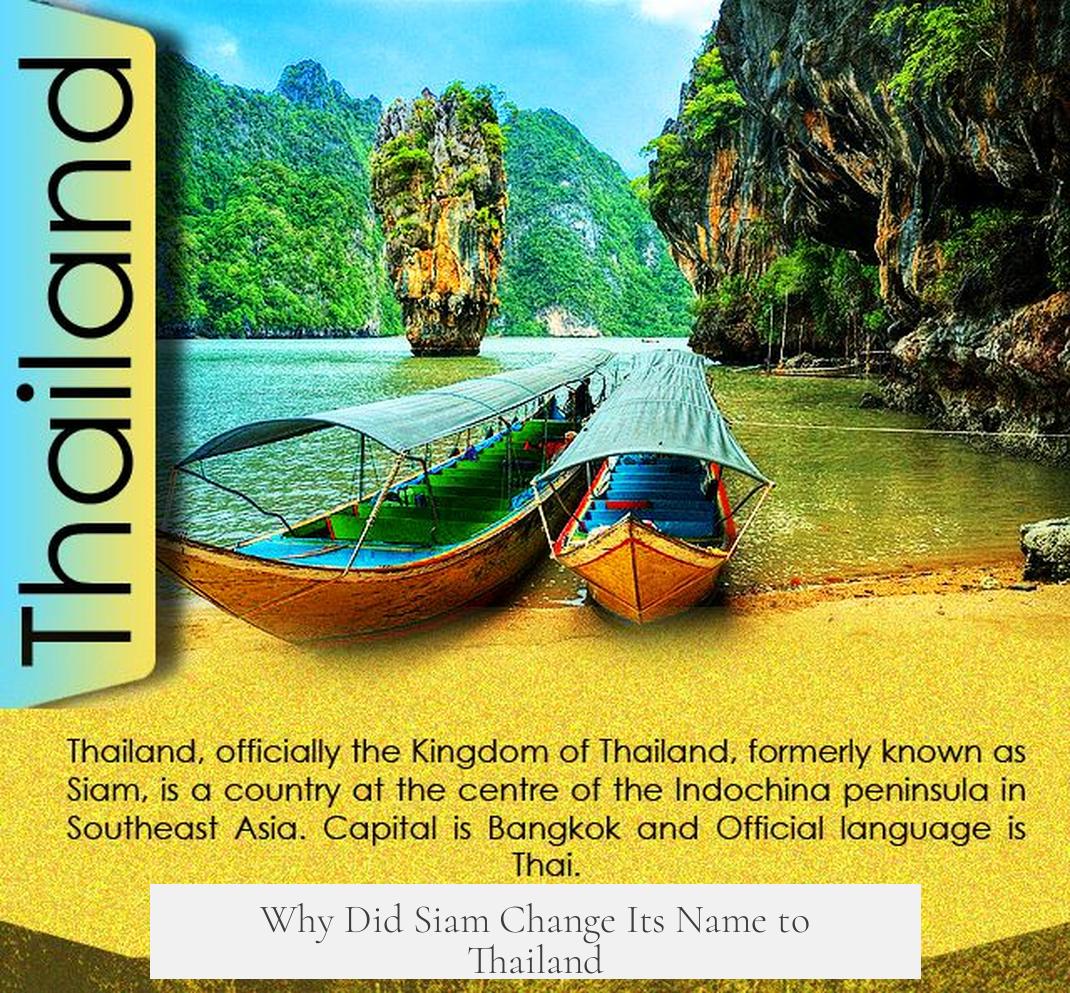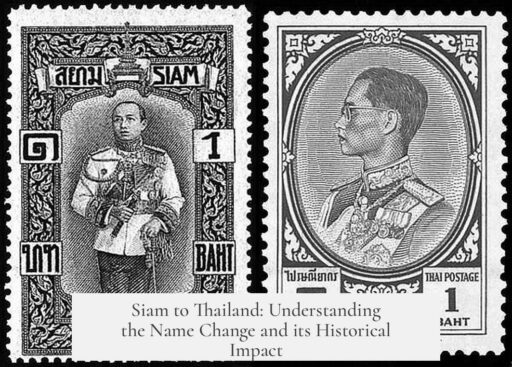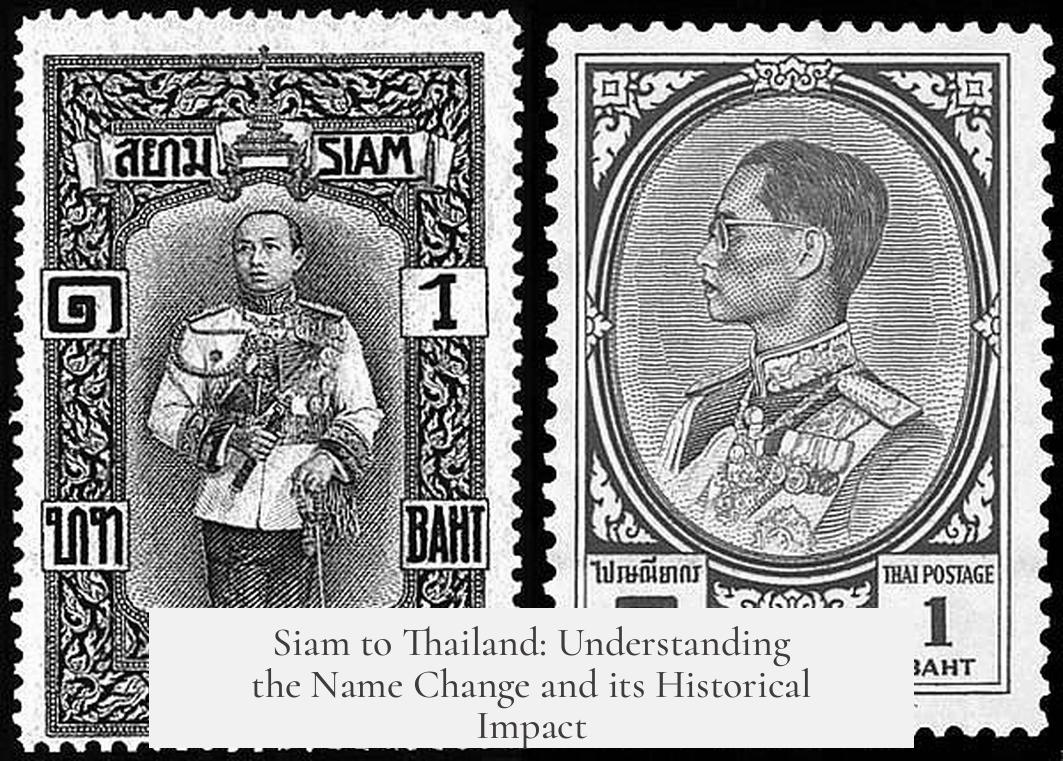Siam changed its name to Thailand in 1939 during a political shift led by Luang Phibunsongkhram’s military regime. The government renamed the country by decree to emphasize its national identity and unity. This first name change happened amid strong nationalist and political motivations under a quasi-fascist government.
In 1942, Thailand allied with Japan during World War II and declared war on the Allies. This alliance led the Allied powers to reject the legitimacy of the new name, viewing the change as tied to the wartime government’s controversial actions. By 1944, the Allies officially considered the use of “Thailand” illegitimate due to the country’s wartime position.
After the war ended, Thailand sought to confirm the name change legally through legislation in 1948. Luang Phibunsongkhram returned to power to push this effort forward. However, the United Nations, along with the United States and the United Kingdom, initially refused to recognize the official change.
The turning point came in May 1949 when international powers accepted the name “Thailand.” A factor influencing this acceptance was Phibunsongkhram’s opposition to Chinese influence after the Chinese Communist Party’s rise to power on the mainland. The geopolitical dynamics of the post-war period contributed to the eventual recognition of the country’s new identity under the name Thailand.
- In 1939, the military regime renamed Siam to Thailand by decree.
- The Allies rejected the name change during WWII due to Thailand’s alliance with Japan.
- Post-war attempts to legalize the name change faced international resistance.
- In 1949, global acceptance came, influenced by Cold War dynamics and anti-Chinese sentiment.
This name change reflects a complex interplay of nationalism, wartime alliances, and Cold War geopolitics shaping Thailand’s modern identity.
Why Did Siam Change Its Name to Thailand?

The simple answer? Siam became Thailand in 1939 because a new military regime decided it was time for a makeover—with political motives, international drama, and a dash of world war thrown in for spice. But let’s unpack this story because it’s not just about a name. It’s about identity, power, and geopolitics.
Imagine waking up and being told your country’s name has changed overnight. No plebiscite, no parliamentary debate—just a decree from a military regime. That’s pretty much what happened when the quasi-fascist government led by Luang Phibunsongkhram took control of Siam in June 1939 and declared the new name “Thailand.”
This wasn’t some casual rebranding effort like a soda company tweaking their logo. It was a political move packed with symbolic meaning. The name “Siam” was seen by some as a colonial relic, tied to foreign perceptions and historical baggage. “Thailand,” in contrast, translates roughly to “Land of the Free,” a proud claim that all Thai people were part of a unified, independent nation.
The Military’s Takeover and the Name Change
By 1939, Luang Phibunsongkhram had established a quasi-fascist military dictatorship. He pushed modernization and nationalism aggressively. Changing the country’s name was part of this larger vision to forge a stronger national identity—a bit like a rock band reinventing their style to stand out from the crowd.
This shift was abrupt and done by fiat, meaning “just because I say so, that’s why.” That might not sit well in today’s age of democratic processes, but it worked for his agenda.
The World War II Twist: Thailand’s Alliances and Outside Reactions
Then came World War II, which added more drama. Thailand aligned itself with Imperial Japan and declared war on the Allies in 1942. This move didn’t earn international brownie points. Instead, it landed Thailand squarely on the wrong side of the globe’s major powers.
By 1944, the Allies dismissed the name change as illegitimate—a symbolic slap saying, “We don’t recognize your new identity because of your political actions.” For the wartime powers, the name change was tied to Thailand’s political alignment, not mere semantics.
Post-War Struggles: Trying to Get the Name Recognized

After the war, Thailand sought to establish the name change officially through legislative means in 1948. Phibunsongkhram was back in power and pushing to make “Thailand” the official name worldwide.
But not everyone was ready to shake hands yet. The United Nations, especially powerful countries like the US and the UK, initially rejected the name change. This resistance reflected lingering distrust from the war period and political alignments.
Final Acceptance: 1949 and Geopolitical Realities
Despite the initial rebuffs, by May 1949, the UN and Western powers officially recognized the name “Thailand.” Why the sudden warm reception? It wasn’t just about getting over wartime grudges.
Phibunsongkhram had earned respect for his staunch opposition to Chinese Communist influence, which was rising after the CCP took over mainland China in 1949. Thailand’s position as a bulwark against communism during the Cold War era aligned with Western interests, likely smoothing the path for name acceptance.
So, this name change tale is wrapped up in post-war politics, shifting alliances, and emerging Cold War tensions. The recognition of “Thailand” symbolized more than patriotism; it represented strategic cooperation between Thailand and Western powers.
What Does This Mean Today?
Today, few may remember the political chess game behind Thailand’s name change. But it’s worth asking: Why do countries change names? Is it just about nationalism, or are there deeper geopolitical ambitions at play?
Thailand’s story shows a name change can signal a new political era, shift in identity, and international repositioning. It reminds us that “Thailand” is a label born from power, pride, and pragmatic politics rather than mere vanity.
Lessons from the Siam to Thailand Transformation
- Names matter: They’re not just words; they carry history, identity, and politics.
- Political agendas shape identity: Luang Phibunsongkhram’s regime used the name change to push nationalism and consolidate power.
- Global politics influence local identity: Thailand’s acceptance was tied to Cold War dynamics and alliances.
- History isn’t always neat: The name change was contested and tied to tough wartime politics.
If you ever wonder why certain countries switch their names, Thailand’s case offers a compelling narrative. It’s a story involving military coups, world wars, global alliances, and the struggle for national identity. All this packed into a simple name swap.
And finally, next time you hear “Thailand,” remember—it’s not just a place on the map; it’s a story of transformation, resilience, and political survival.




